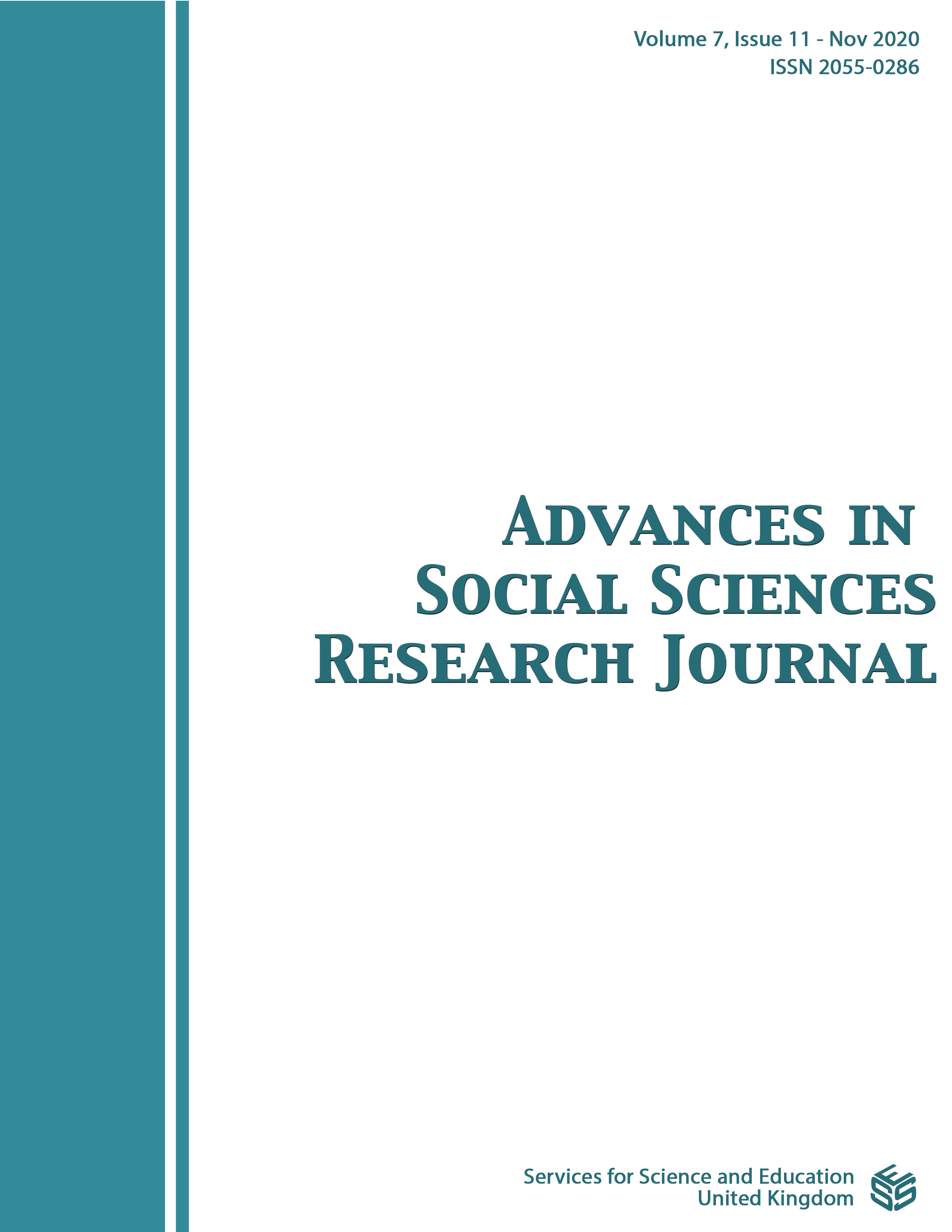Does the Gender Pay Gap prove inequality in the workplace?
An investigation on how the Gender Pay Gap is formed
DOI:
https://doi.org/10.14738/assrj.711.9337Keywords:
Gender Pay Gap, Equality, Discrimination, Gender Roles, Motherhood, RepresentationAbstract
From the 1960s we have seen an enormous amount of progress towards equality in the workplace for gender relationships. Though, we currently face tremendous tensions between the two genders. The Gender Pay Gap has been widely used to prove the inequal treatment of women in promotion, hiring and even work conditions. This paper through only reviewing past literature offers an examination of the factors forming the Gender Pay Gap to show how harmful the Gap truly is to society. The main focus of the paper is Gender Roles mainly motherhood and how public policy hinders income potential of women, the Representation of women in high paying fields which is found to be the most important factor creating the Gap [4] and lastly Discrimination itself that although shows obvious signs of declining, it still persists [21]. The paper concludes that women through free choice lead to less paying possible careers which accounts for the larger part of the Gap. Still literature makes it obvious that discrimination still exists and is actively harming women’s lives and careers. Finally, the paper suggests future research and opens a discussion on how ideally a society should treat its employees.
References
21. Powell, G. (2002). Gender and Managerial Stereotypes: Have the Times Changed? Journal of Management, 28(2), 177–193. doi:10.1016/s0149-2063(01)00136-2
Downloads
Published
How to Cite
Issue
Section
License
Authors wishing to include figures, tables, or text passages that have already been published elsewhere are required to obtain permission from the copyright owner(s) for both the print and online format and to include evidence that such permission has been granted when submitting their papers. Any material received without such evidence will be assumed to originate from the authors.






